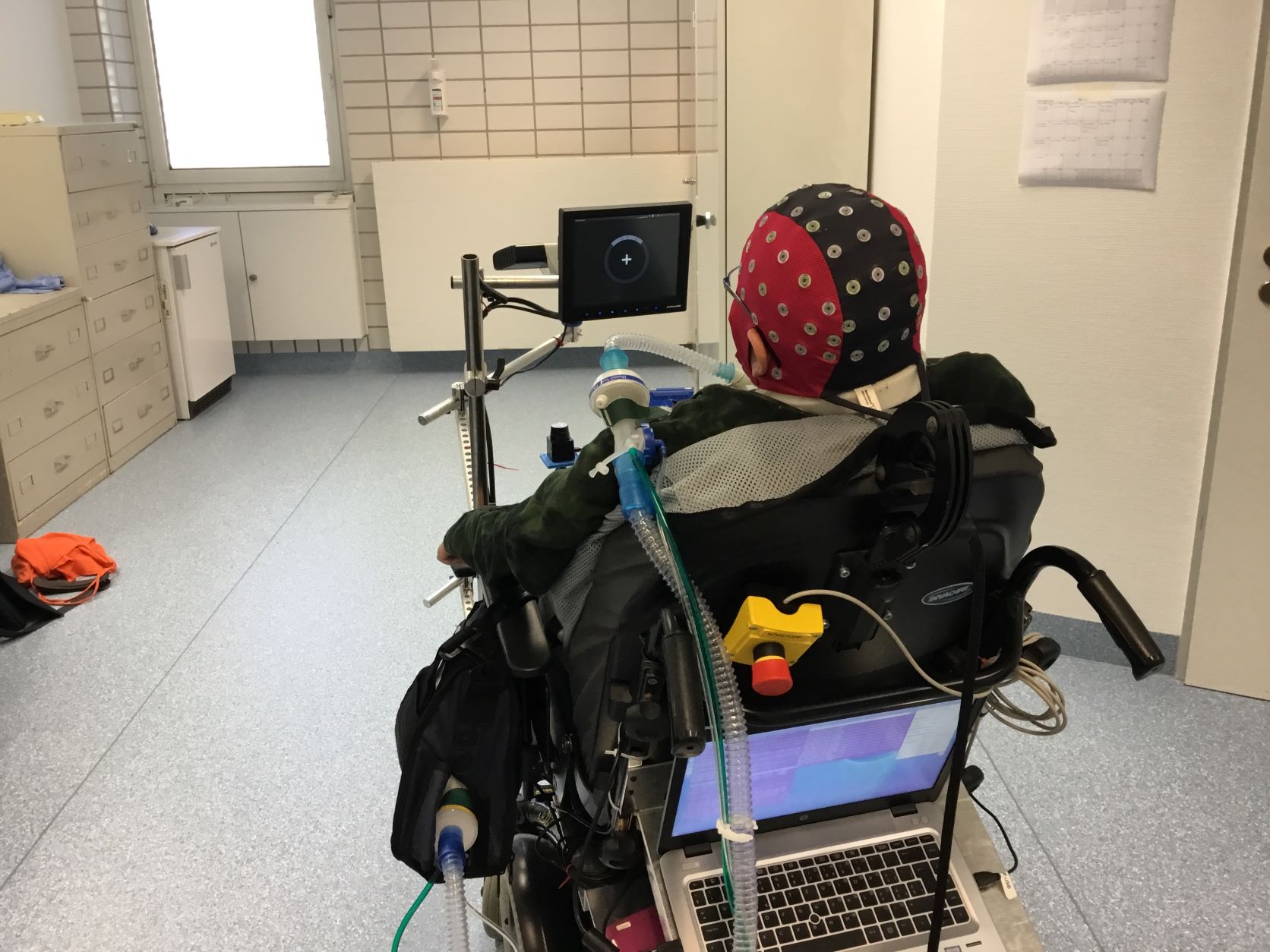Intelligent Systems
-
Space Lighthouses: Small Satellites Will Someday Help Navigate Spacecraft to the Moon
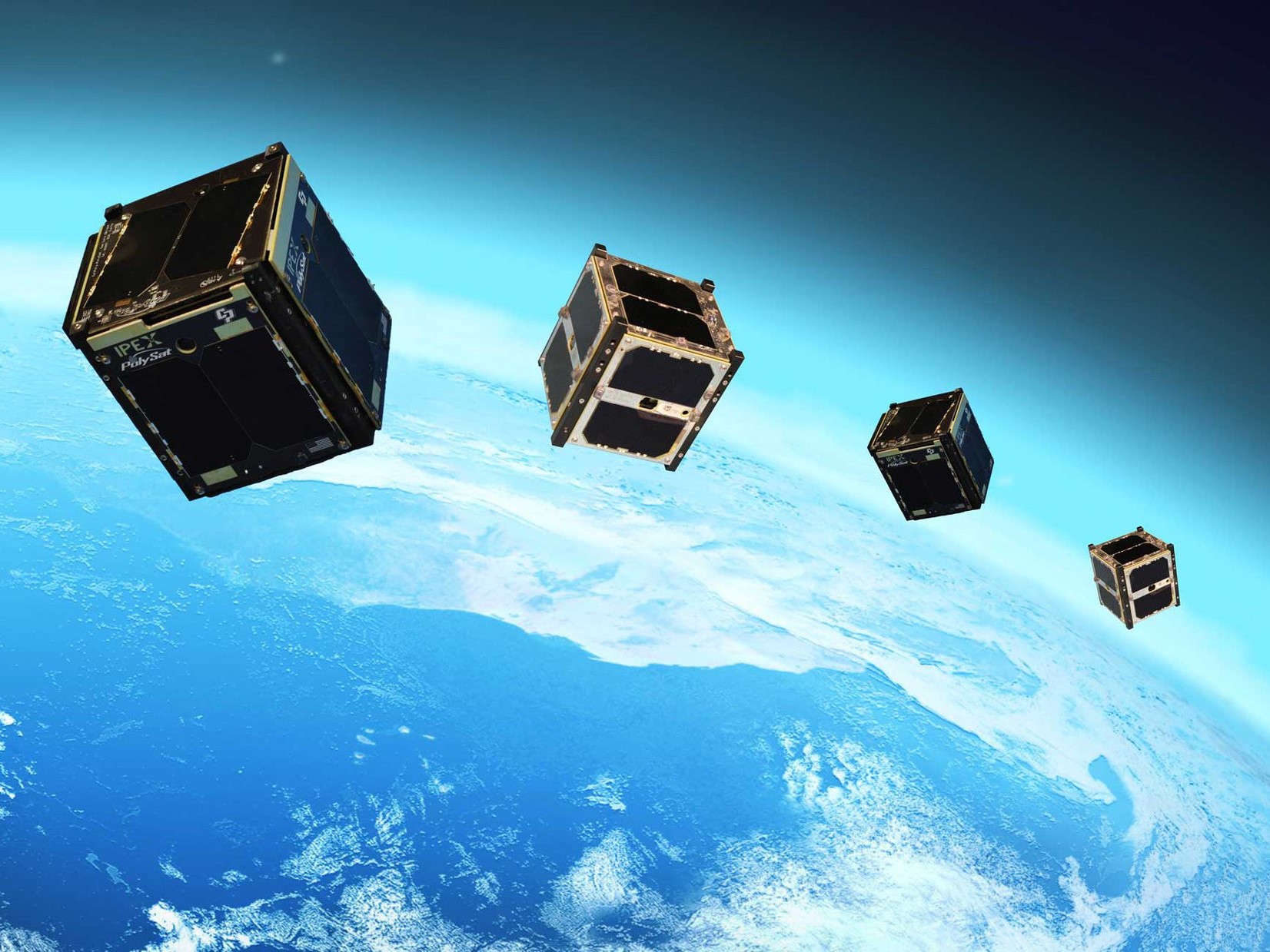
A new agreement with NASA paves the wave for researchers from The University of Texas at Austin and the Texas Spacecraft Laboratory to build and launch a small satellite network with embedded machine learning technology to help spacecraft figure out their location in relationship to the Earth and, eventually, the moon. That will ultimately help ensure more accurate navigation and landing.
-
AI-Powered Civil Engineering: New NSF-backed Community Aims to Transform U.S. Infrastructure
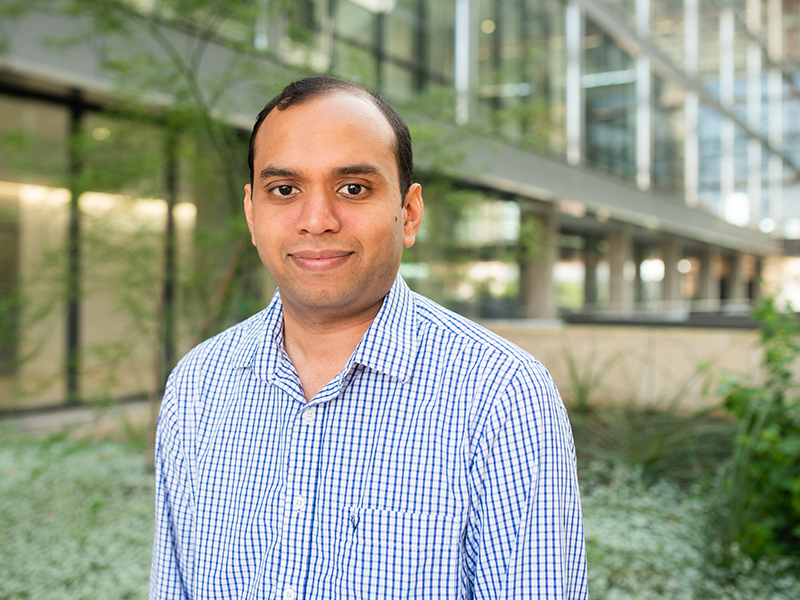
Texas Engineers are creating a new community to unite civil engineers, cyberinfrastructure professionals and experts in artificial intelligence to better understand and protect our virtual and physical infrastructure.
-
Texas Institute for Electronics and Infleqtion Launch Quantum Manufacturing Center of Excellence
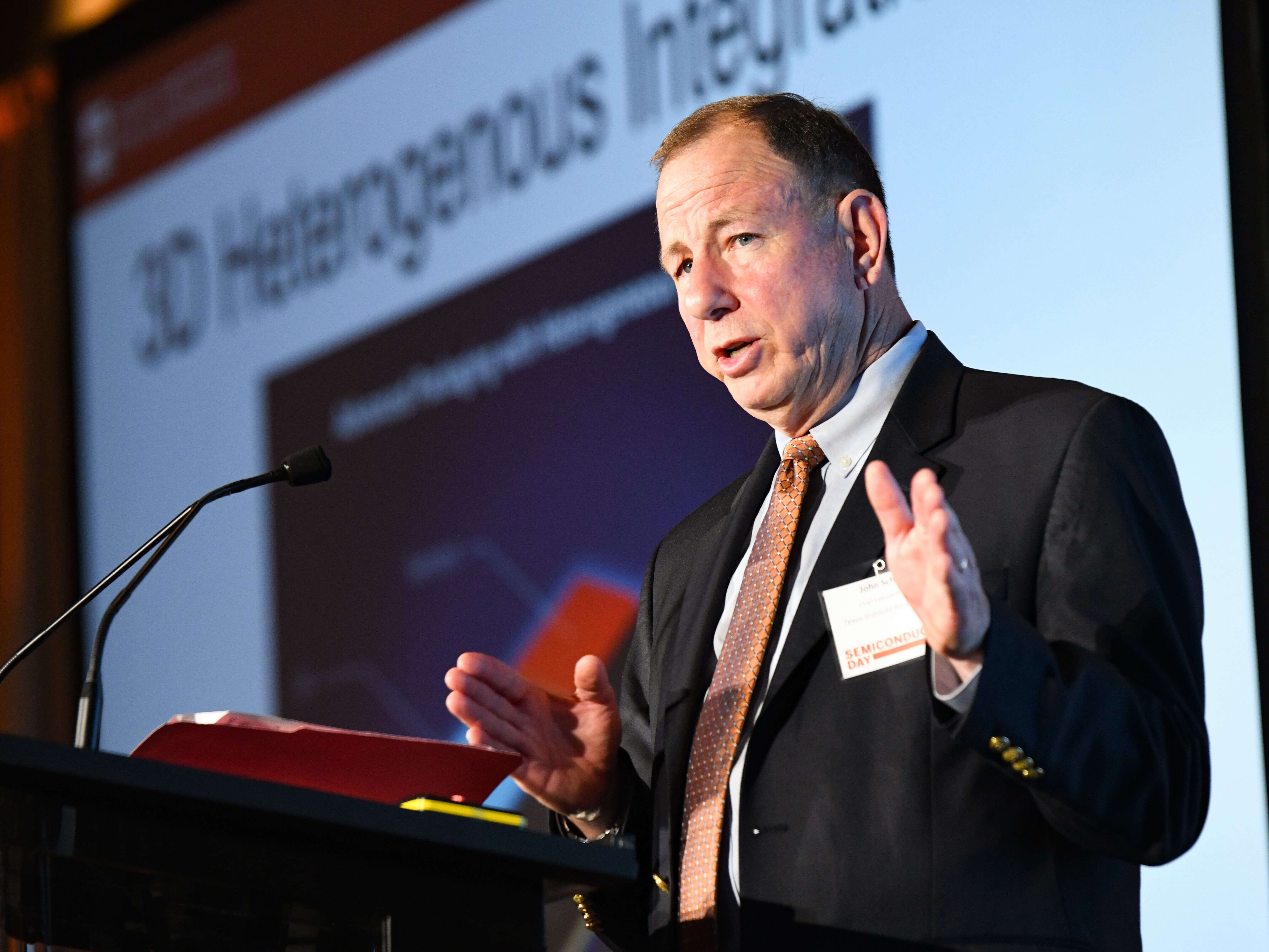
The University of Texas at Austin and Infleqtion, a global quantum technologies company, have signed a memorandum of understanding to develop a new center of excellence for quantum manufacturing. With the recent opening of its flagship corporate office in Austin, Infleqtion will work with UT’s Texas Institute for Electronics (TIE), collaborate with the University’s faculty experts in photonics and quantum technologies, and draw upon its world-class facilities to scale domestic manufacturing capacity for quantum-enabled products in areas such as energy, navigation, defense, and health care.
-
New Research Aims to Fix Machine Learning’s Struggle with Uncertainty

When new technology meets the real world, dynamic challenges threaten to derail progress, like a self-driving car that struggles to perceive rapid changes in the environment and adjust.
-
Artificial Neurons Mimic Complex Brain Abilities for Next-Generation AI Computing
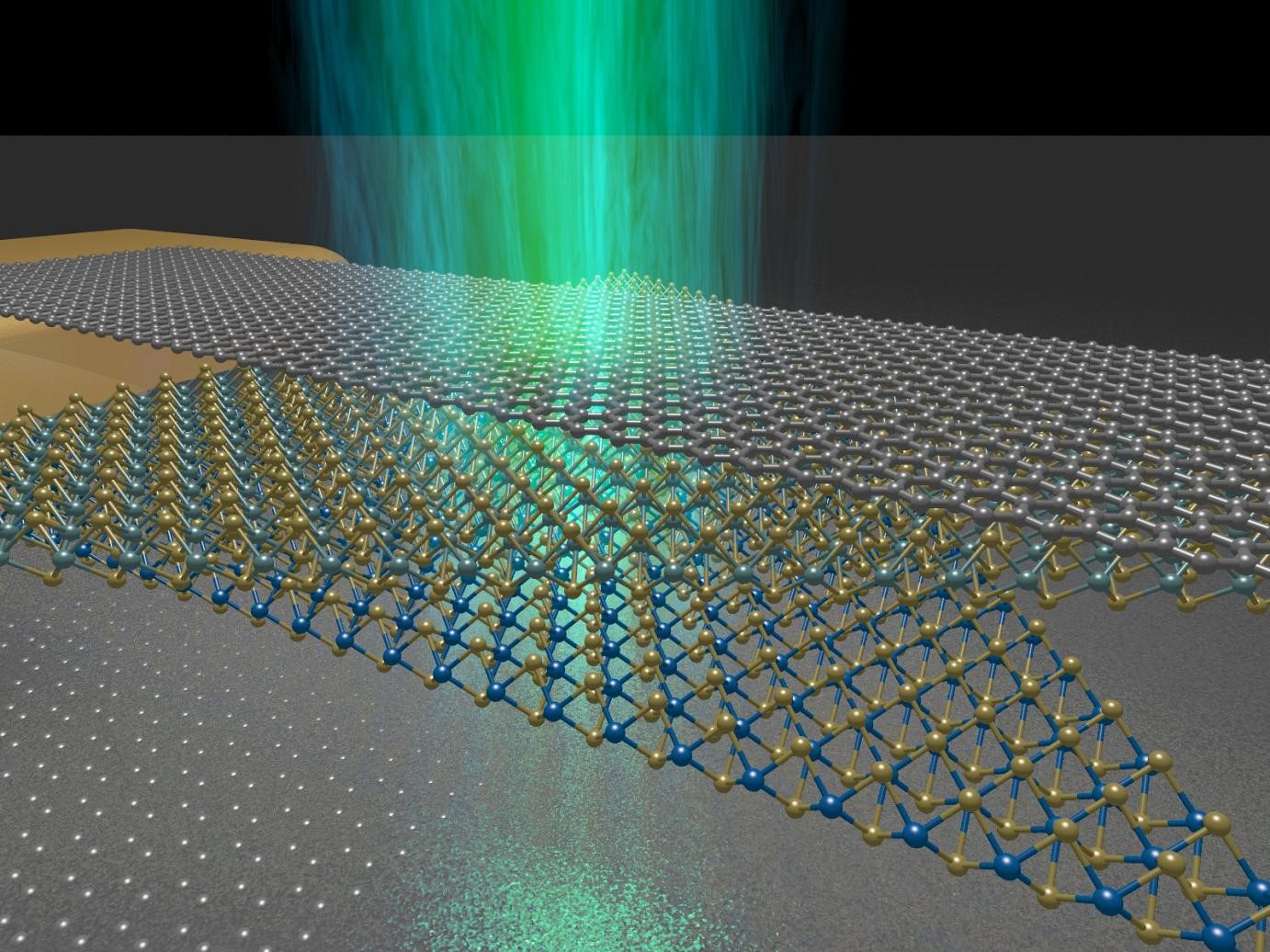
For decades, scientists have been investigating how to recreate the versatile computational capabilities of biological neurons to develop faster and more energy-efficient machine learning systems. One promising approach involves the use of memristors: electronic components capable of storing a value by modifying their conductance and then utilizing that value for in-memory processing.
-
5 Questions with Yuebing Zheng, Author of New Book on Nanophotonics
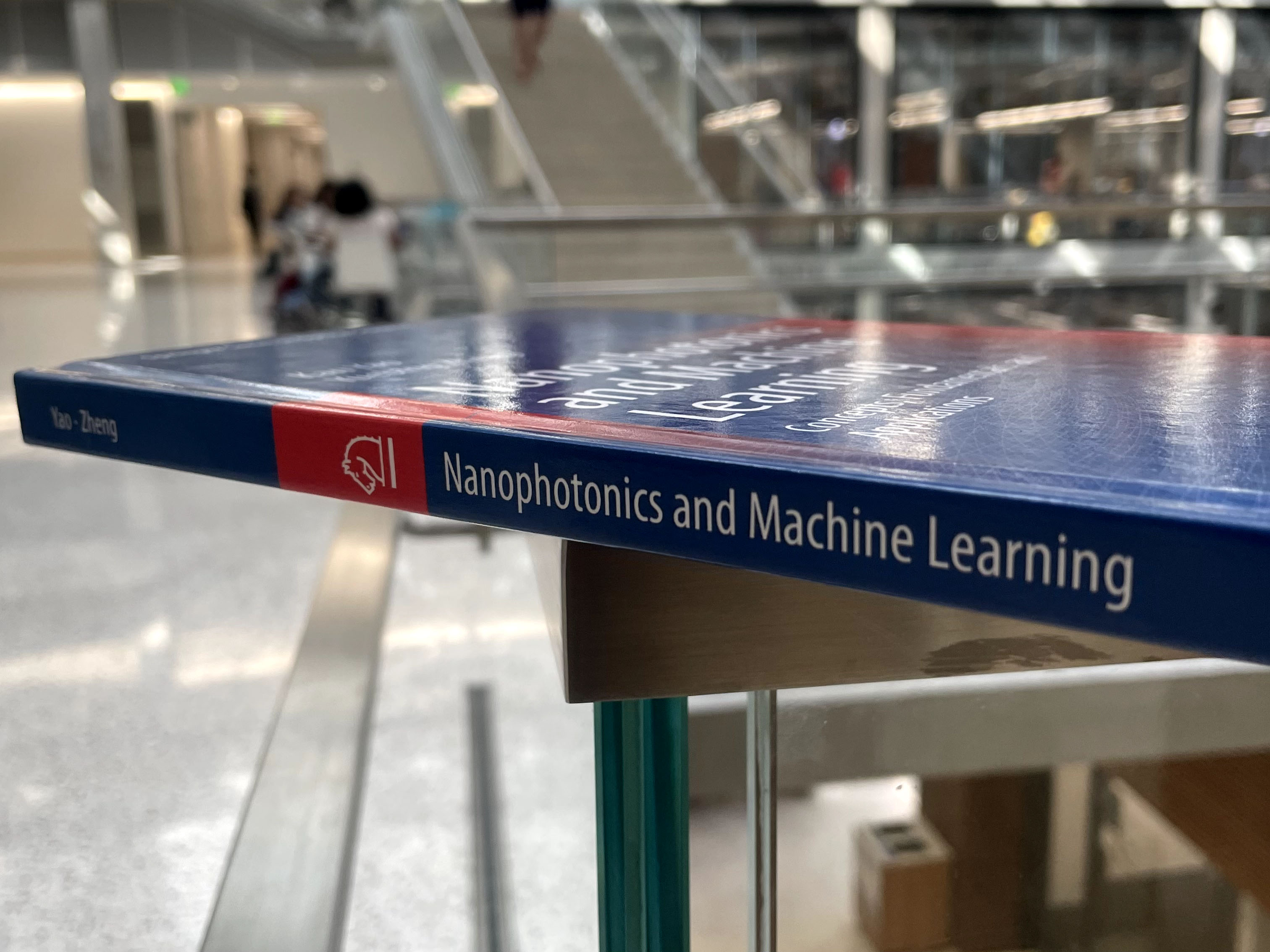
How light interacts with matter is one of the most basic, yet important branches of science. A growing area in this field is nanophotonics, which studies these interactions at the smallest of scales where material building blocks begin to exhibit dynamic properties.
-
Brain-Powered Wheelchair Shows Real-World Promise
In one of the first studies of its kind, several people with motor disabilities were able to operate a wheelchair that translates their thoughts into movement.
The study by researchers at The University of Texas at Austin and published today in the journal iScience is an important step forward for brain-machine interfaces — computer systems that turn mind activity into action. The concept of a thought-powered wheelchair has been studied for years, but most projects have used non-disabled subjects or stimuli that leads the device to more or less control the person rather than the other way around.
-
Do Autonomous Driving Features Really Make Roads Safer?

In recent years, more vehicles include partially autonomous driving features, such as blind spot detectors, automatic braking and lane sensing, that are said to increase safety. However, a recent study by researchers from The University of Texas at Austin finds that some of that safety benefit may be offset by people driving more, thereby clogging up roads and exposing themselves to more potential crashes.
-
‘Off Label’ Use of Imaging Databases Could Lead to Bias in AI Algorithms
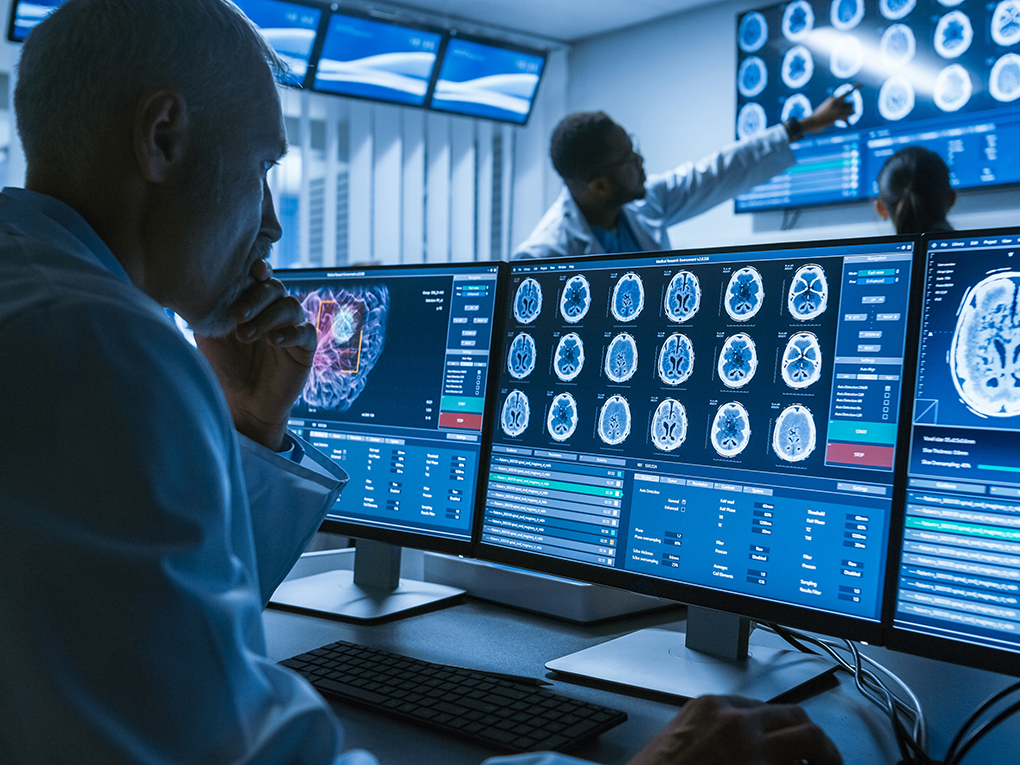
Significant advances in artificial intelligence over the past decade have relied upon extensive training of algorithms using massive, open-source databases. But when such datasets are used “off label” and applied in unintended ways, the results are subject to machine learning bias that compromises the integrity of the AI algorithm, according to a new study by researchers at The University of Texas at Austin and the University of California, Berkeley.
-
UT Austin and Cisco Form Research Partnership
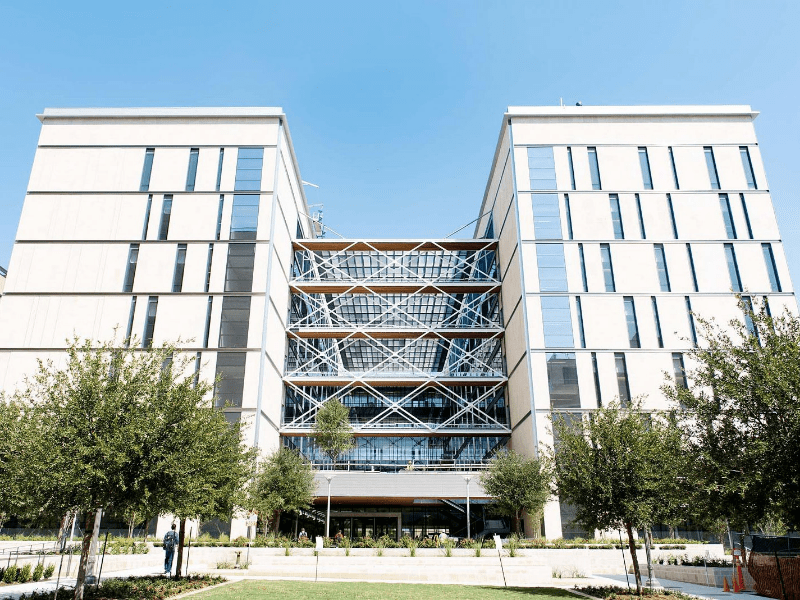
The University of Texas at Austin and tech giant Cisco struck a research agreement that will begin with an emphasis on artificial intelligence and machine learning before branching out into additional technologies in the future. As part of the five-year partnership, Cisco Research will provide funding and expertise for four AI/ML research projects and one cybersecurity research project over the next year. The researchers from the Cockrell School of Engineering and College of Natural Sciences will delve into several different areas of AI and ML, including Internet of Things, computer vision, training learning networks and more.
-
Texas Engineers Play Critical Role in New NSF AI Institutes
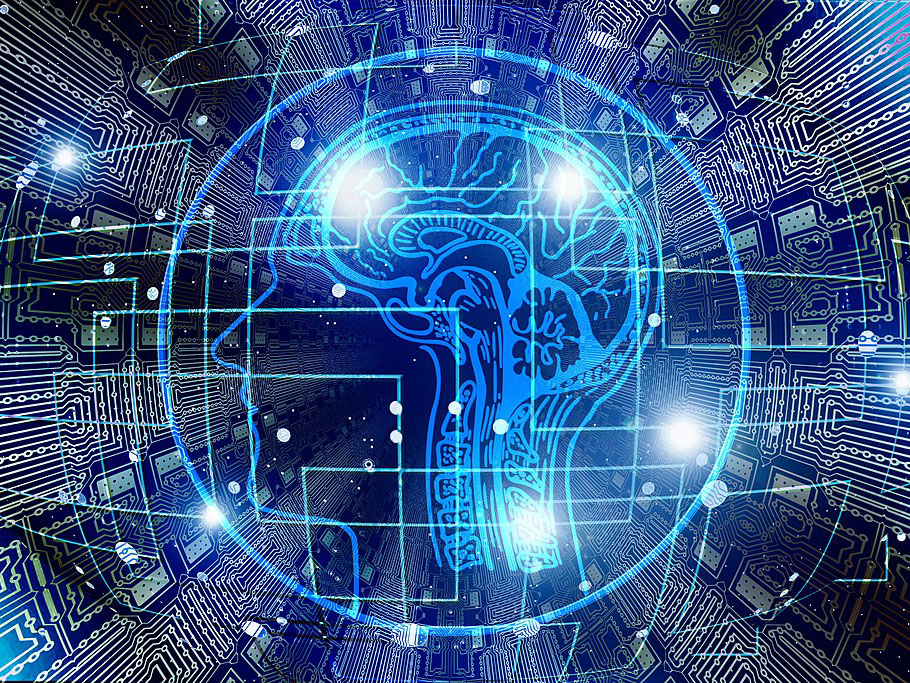
The National Science Foundation just announced 11 new artificial intelligence institutes across the nation, and researchers from the Cockrell School of Engineering at The University of Texas at Austin will play prominent roles in two of them. UT Austin was already among the top universities in the world for AI, and its involvement in these new institutes bolsters its strength in this emerging area. Last year, the university was selected by NSF to lead an AI institute focused on machine learning, the technology that drives AI systems, enabling them to acquire knowledge and make predictions in complex environments.
-
New Type of Machine Learning Aids Earthquake Risk Prediction

Our homes and offices are only as solid as the ground beneath them. When that solid ground turns to liquid — as sometimes happens during earthquakes — it can topple buildings and bridges. This phenomenon is known as liquefaction, and it was a major feature of the 2011 earthquake in Christchurch, New Zealand, a magnitude 6.3 quake that killed 185 people and destroyed thousands of homes.
-
Researchers Challenged to Optimize Building Energy Use with AI
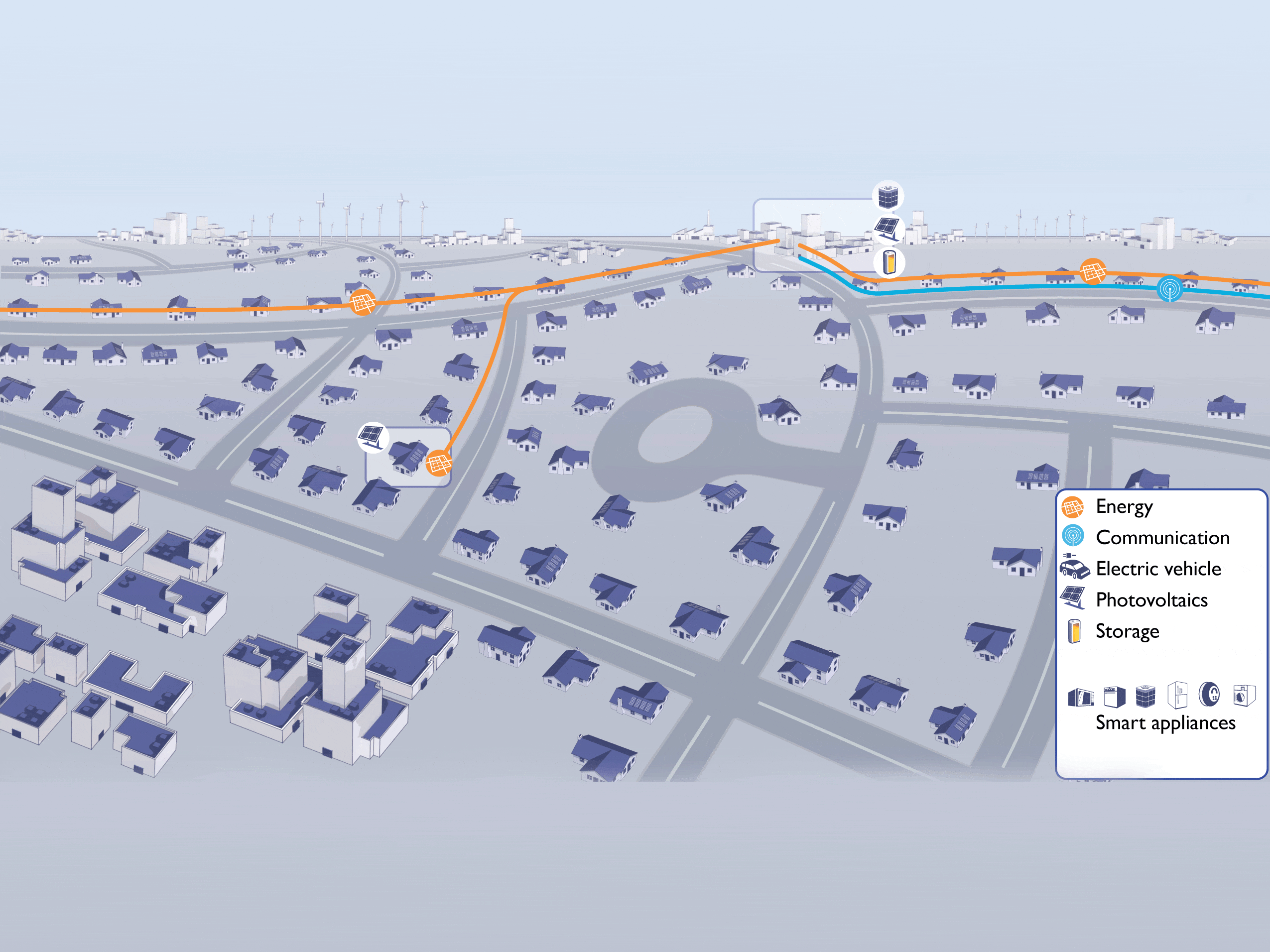
Texas Engineers have turned to the research community to help solve a complicated energy problem, one that is likely top of mind for many Texans after the February storms that knocked out power for millions. The CityLearn Challenge, now in its second edition, tasks research teams from around the globe with creating control systems for virtual neighborhoods composed of nine buildings to best maximize energy efficiency. The teams must program an "intelligent agent" that uses a machine learning model called reinforcement learning, a way of training machine learning models to make a sequence of decisions with a specific goal or reward in mind and a trial-and-error component. Participating teams’ intelligent agents must make energy usage decisions with a goal of reducing the load on the grid during times of high demand.
-
Using Machine Learning and Radar to Understand How Land Types Influence Storm Risks

Researchers at the Cockrell School of Engineering have, for the first time, applied a machine learning algorithm to measure the surface roughness of different types of land with a high level of detail. The team used a type of satellite imagery that is more dependable and easier to capture than typical optical photographs but also more challenging to analyze. And they are working to integrate this data into storm surge models to give a clearer picture of what will happen during major weather events.
-
Brain-like Computing Takes a Step Forward with New Discoveries Using Magnetism
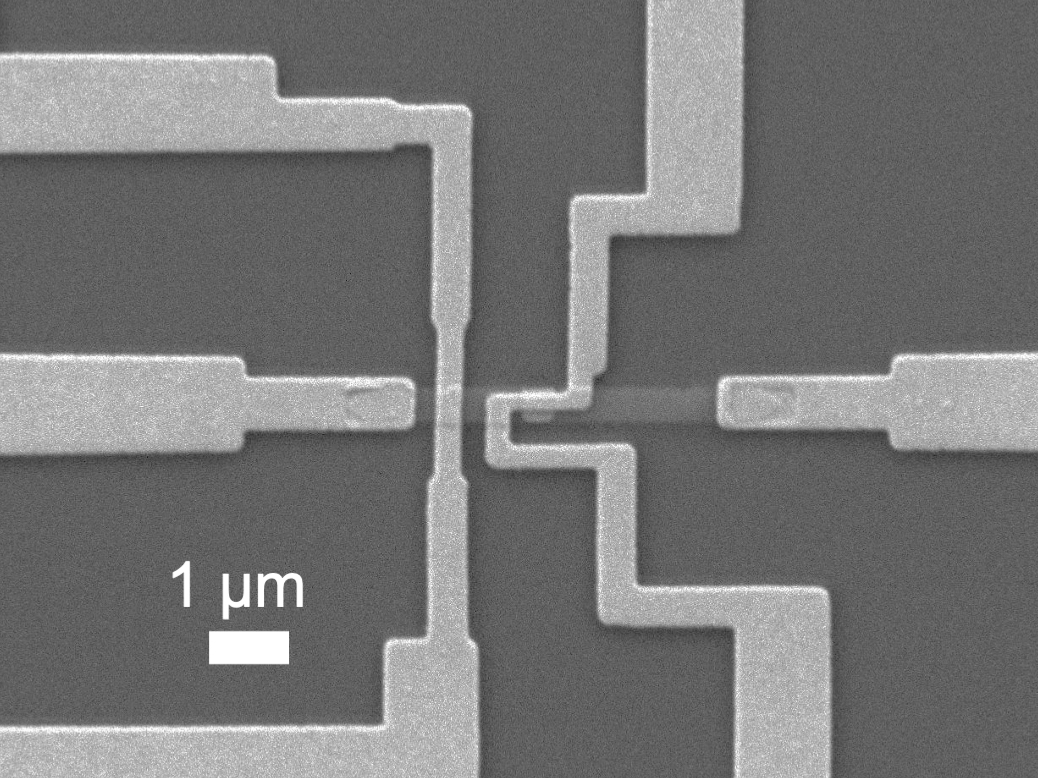
Researchers at The University of Texas at Austin are studying a magnetic device that breaks down key barriers for how information is stored and processed as part of the quest to make computers think more like humans. Jean Anne Incorvia, an assistant professor in the Cockrell School's Department of Electrical and Computer Engineering, recently published a trio of papers seeking to solve challenges facing these new computing paradigms.
-
Yaskawa Partnership Accelerates Robotics Research at UT Austin
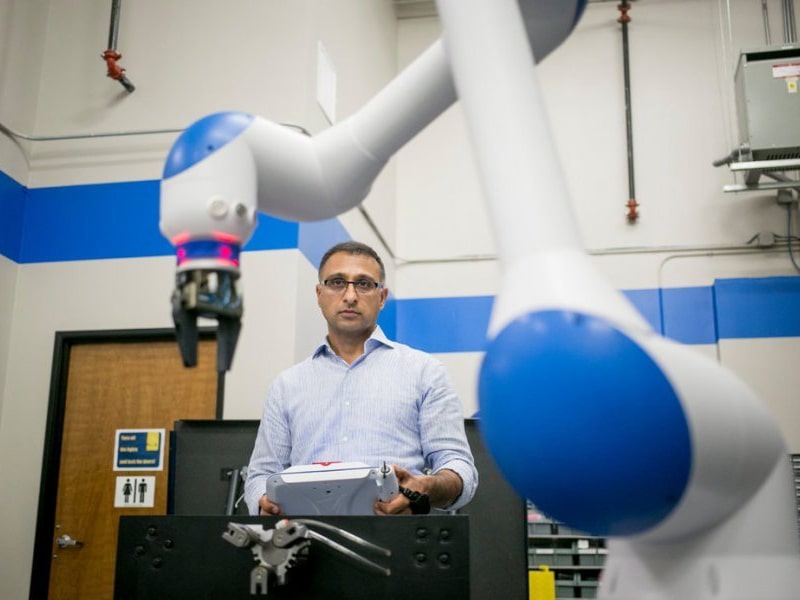
Texas Engineering alumnus Chetan Kapoor, who leads R&D at Yaskawa American, Motoman Robotics Division, spearheaded a new partnership initiative between Yaskawa and UT Austin with the gift of a dual-arm SDA10F robot that will be available to Texas Robotics faculty. The partnership aims to facilitate interdisciplinary research and innovation within the robotics community in the university.
-
5 Questions with Cockrell’s Newest Machine Learning and Artificial Intelligence Expert, Atlas Wang
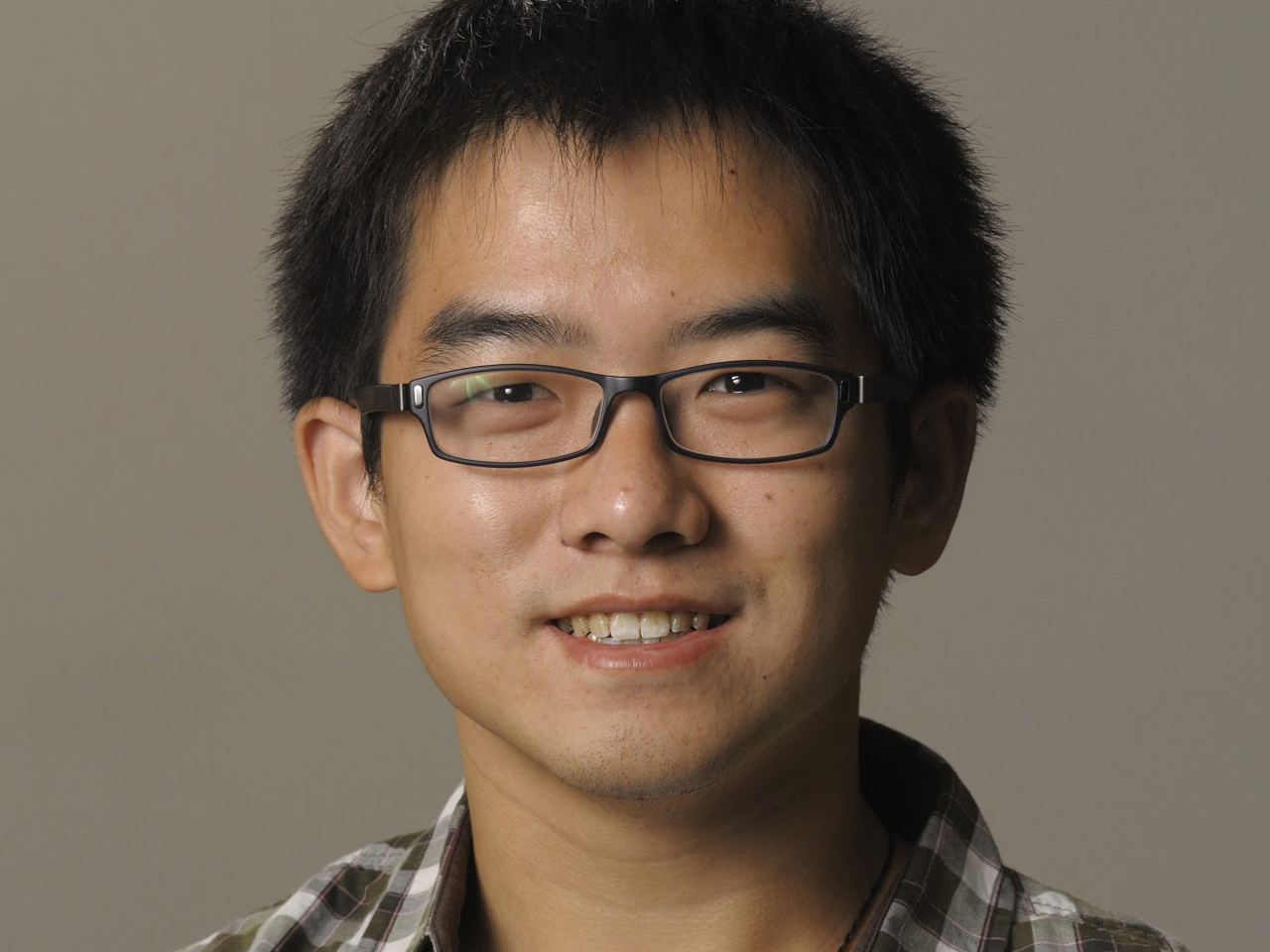
Artificial intelligence and machine learning are among the trendiest technologies in the world right now, and The University of Texas at Austin is rapidly becoming a leader in advancing these concepts as they come to impact more aspects of our daily lives. UT’s AI/ML chops leveled up even further this year when Zhangyang “Atlas” Wang joined the Cockrell School after three years as an assistant professor at Texas A&M University. Wang’s research has garnered recognition from such luminaries in the field as Amazon and IBM.
-
Disaster Database Cements Itself as Go-to Hub for Natural Hazard Information

In Seattle, “the big one” — a massive earthquake that could devastate the region — represents an ominous threat. So widespread are the concerns that city leaders there created standards to fortify new skyscrapers using data from studies forecasting the impact of a big earthquake in the region.
-
Frontera On the Front Lines During Record Hurricane Season
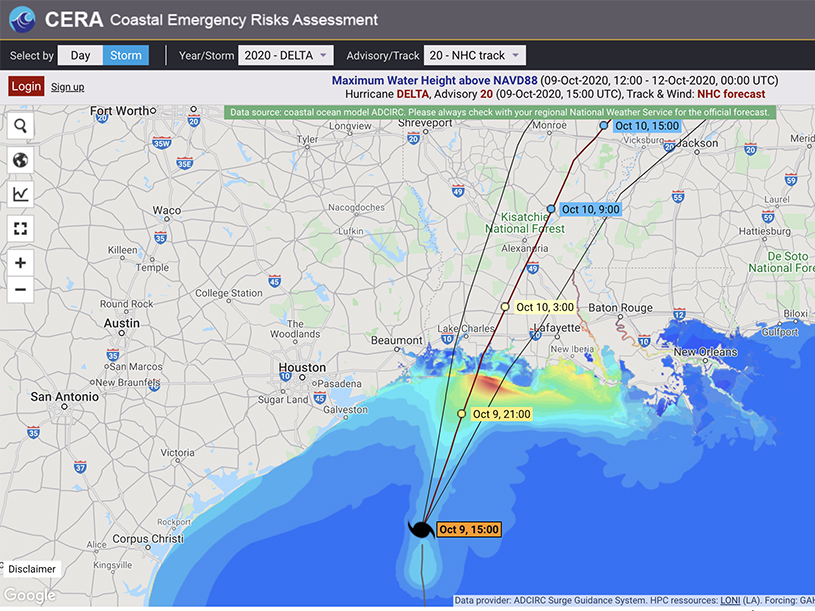
Researchers have developed a system of computer programs called ADCIRC that use mathematical models of physical forces to simulate and predict the storm surge an incoming storm will produce based on the official hurricane forecast tracks. It has successfully forecast storm surge for the past 25 years. "We've added more and more physics, better numerical algorithms, better software, better use of high-performance computing resources, and it just continues to improve to the present day," said Clint Dawson, professor of aerospace engineering and engineering mechanics at The University of Texas at Austin and one of ADCIRC's lead developers.
-
UT Austin Selected as Home of National AI Institute Focused on Machine Learning
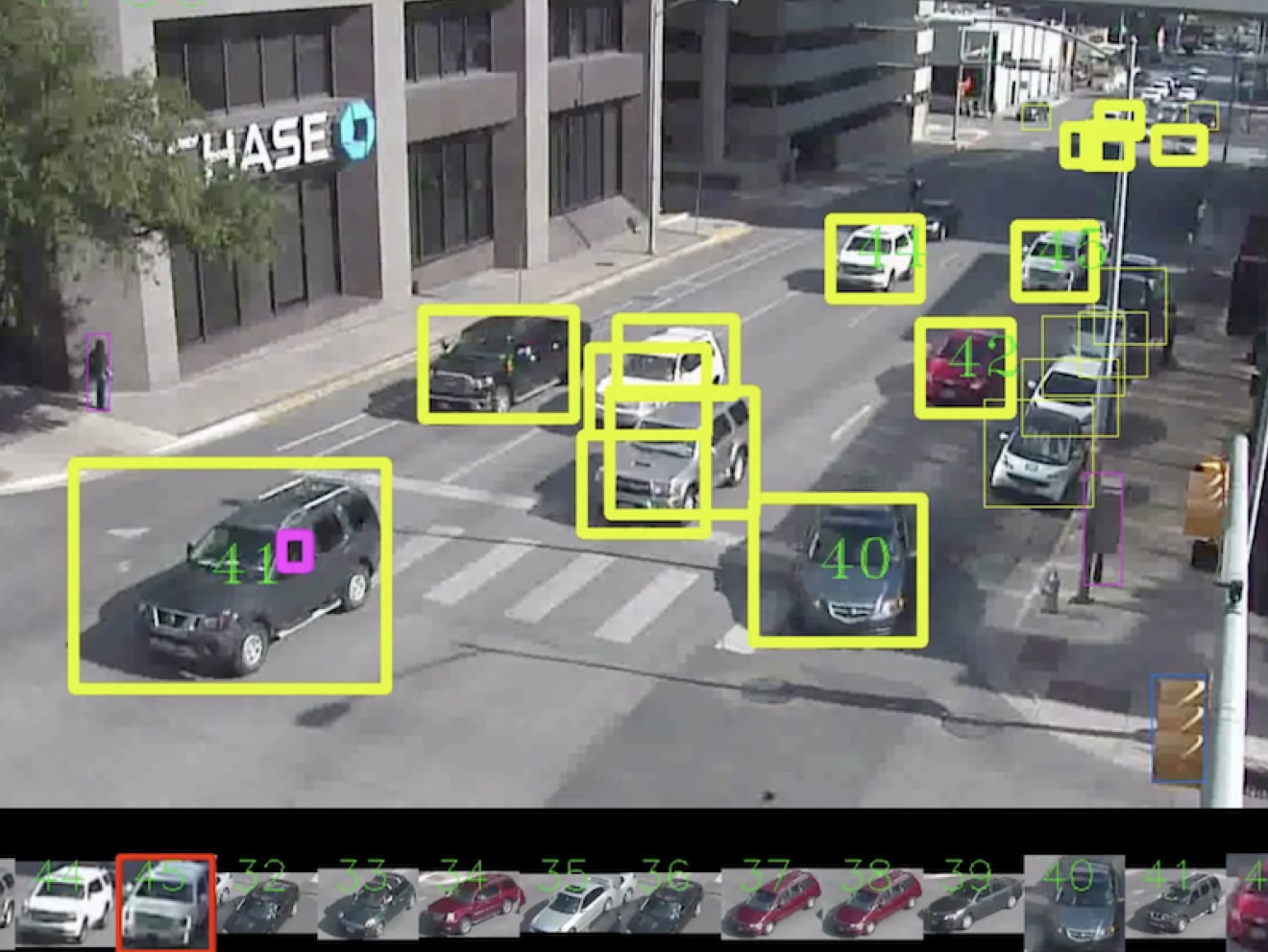
The National Science Foundation has selected The University of Texas at Austin to lead the NSF AI Institute for Foundations of Machine Learning, bolstering the university’s existing strengths in this emerging field. Machine learning is the technology that drives AI systems, enabling them to acquire knowledge and make predictions in complex environments. This technology has the potential to transform everything from transportation to entertainment to health care.

